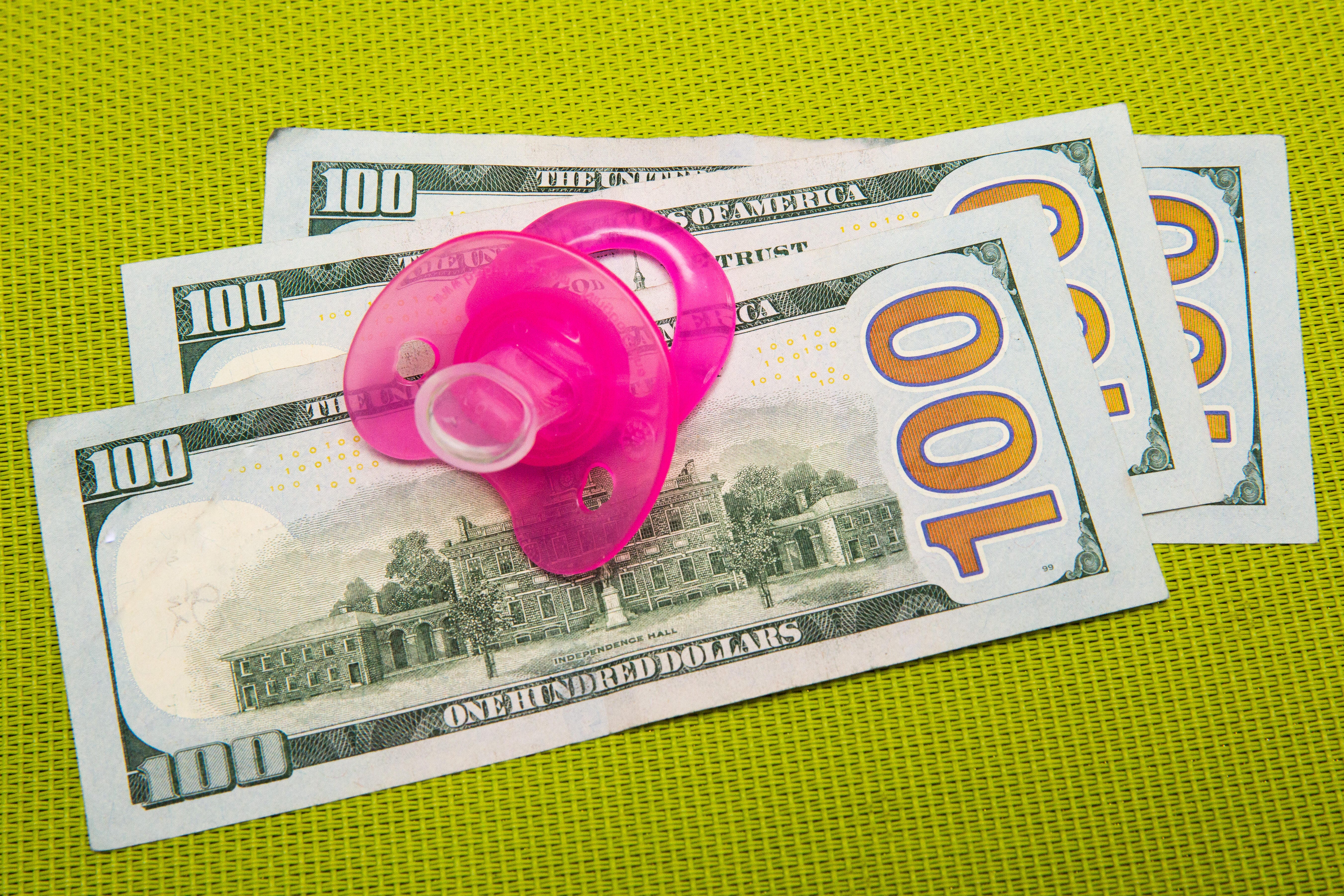
CNET's child tax credit calculator will tell you the amounts you can expect to receive beginning July 15.
Sarah Tew/CNETDo you qualify for the enhanced child tax credit payments? If so, your household will get up $300 a month per kid (depending on their age), starting July 15. In a tweet Tuesday, President Joe Biden said 90% of families with children will qualify for this tax cut. While you wait for your payment, you can see how big a cash benefit you'll get between 2021 and 2022 by using CNET's child tax credit calculator. It can estimate both your monthly payments and your total amount for this year and next.
Half of your payments will arrive monthly from July through December this year, with the rest arriving when you file your 2021 tax return next year. Using two IRS portals that'll be available by July 1, you'll be able to update the IRS on your changes to your income and number of dependents, plus opt to receive the one payment in 2022. If you filed your taxes before the American Rescue Plan was passed in March, you shouldn't need to file an amended tax form.
Biden in April said he will push for the enhanced child credit payments to be extended into 2025 in one of his next two stimulus proposals. The IRS is now turning its attention to child tax credit payment details as it continues to send stimulus checks and "plus-up" payments. The tax agency is also sending tax refunds to as many as 10 million people who received unemployment benefits last year. While you're here, find out how you might save up to $50,000 on your taxes this year and how you can get up to $16,000 back for child care expenses. Here's what we know about a possible fourth check and what is happening with unemployment checks. This story is updated frequently.
Calculate your advance child tax credit payment amount for 2021 and 2022
The expanded child tax credit raises the 2020 limits from up to $2,000 per child to a maximum of $3,600 -- but the math gets complicated fast. Qualified children age 5 and under count for $3,600. Kids between 6 and 17 years old count for $3,000 maximum per child; 18-year-olds and full-time college students 24 and under can bring parents a one-time $500 payment.
Enter your details below, including your adjusted gross income, or AGI, to see your payment breakdown. This calculator does not store or use your data. The results are based on our current knowledge of the law and should be treated as broad estimates only (the IRS will determine the final amount). We suggest consulting a financial professional for a more personalized estimate.
Child tax credit calculator for 2021
Use details from your 2019 or 2020 tax return.
1. Choose your filing status below.
Note: If your AGI is less than or equal to $75,000 as a single filer, $112,500 as a head of household or $150,000 filing jointly, you'll receive the full amount. For incomes higher than $150,000, your child tax credit payments will begin to phase out by $50 for every $1,000 of income over the threshold.
How the IRS payment schedule will work, starting July 15
Here's how the child tax credit payments will arrive, starting July 15 through 2022.
Timeline for the child tax credit payments
| Monthly | Payment ages 5 and younger | Payment ages 6 to 17 |
|---|---|---|
| July 15, 2021: First payment of the year | $300 | $250 |
| Aug. 16, 2021 | $300 | $250 |
| Sept. 15, 2021 | $300 | $250 |
| Oct. 15, 2021 | $300 | $250 |
| Nov. 15, 2021 | $300 | $250 |
| Dec. 15, 2021: Last payment of the year | $300 | $250 |
| April 2022: Second half of payment | $1,800 | $1,500 |
How to opt out of monthly enhanced payments and get one large payment in 2022
If you'd rather get your 2021 child tax credit money as one large payment, you'll be able to opt out of monthly payments once the IRS opens its online portals to help you make that decision and input other information, like if your AGI or other changed circumstances. It'll be the second, separate portal that will allow families to tell the IRS they want to receive the benefit in full at tax time at the end of the year rather than on a monthly basis.
The IRS is expected to open its child tax credit website by July 1.
Opting out would mean that instead of receiving $300 per month for your 3-year-old, and the remainder of your money in 2022 for example, you can wait until you file your taxes next year to claim the full $3,600 amount.
Parents with newborn babies or a newly adopted child are eligible for the larger payment amount
Children born in 2021 make you eligible for the 2021 tax credit of $3,600 per child (that's up to $7,200 for twins). That's on top of payments for any other qualified child dependents you claim. Here's our guide for parents of 2021 babies, including what parents of adopted infants should know.

If you had a new baby in 2021, you'll be able to claim up to $3,600.
Sarah Tew/CNETEligibility requirements your dependents must meet
There are some specific rules regarding qualifications not just for parents and caregivers, but for the children, too. Here's what to know about dependent qualifications for the child tax credit. You should also see if you're eligible for a child care tax credit if you paid for a day care, after-school program or babysitter.
What to do if your kids age out of a payment bracket before the end of 2021
If you have a 5-year-old turning 6 by the end of the year, the total payment amount you could get for that child is $3,000. If you have a 17-year-old who turns 18 before the end of the year, you would receive $500 total for that dependent instead of $3,000. If you have a dependent who is a full-time college student and turns 25 this year, you won't receive any payment for them.
Your 2020 taxes determine the amount of your child tax credit payment for this year and next
You need to file your 2020 taxes to get the credit if you're a nonfiler. The IRS will automatically make the payments for those who have their taxes filed by the May 17 tax deadline, the IRS Commissioner Charles Rettig said. So if you don't have your tax return submitted by this time, the IRS won't know to send you a payment. Also, if you plan to file a tax extension, you'll likely be able to use the IRS portal, where you can update your information in case you've gained dependents since the last tax filing.
IRS overpayment: Read these key details
Your family's eligibility is determined in large part by your adjusted gross income. So what happens if you get a new job or start making more money in 2021? What happens if the payments have already gone out and you spent the money?
The IRS has a plan for this, a child tax credit portal the agency will make available by July 1 so you can update your information. If you need to make an adjustment, it will lower the payment amounts you'd receive if your new income reaches the phaseout level, according to Garrett Watson, a senior policy analyst at Tax Foundation.
If you wait until 2022 to update your information when you file your taxes and you continue to receive the full amount based on your lower income, you would either have to return the excess money on your 2021 tax return next spring, according to Watson, accept a smaller 2021 refund or owe more in taxes.
from CNET https://ift.tt/3uZc1cs
via IFTTT




No comments:
Post a Comment